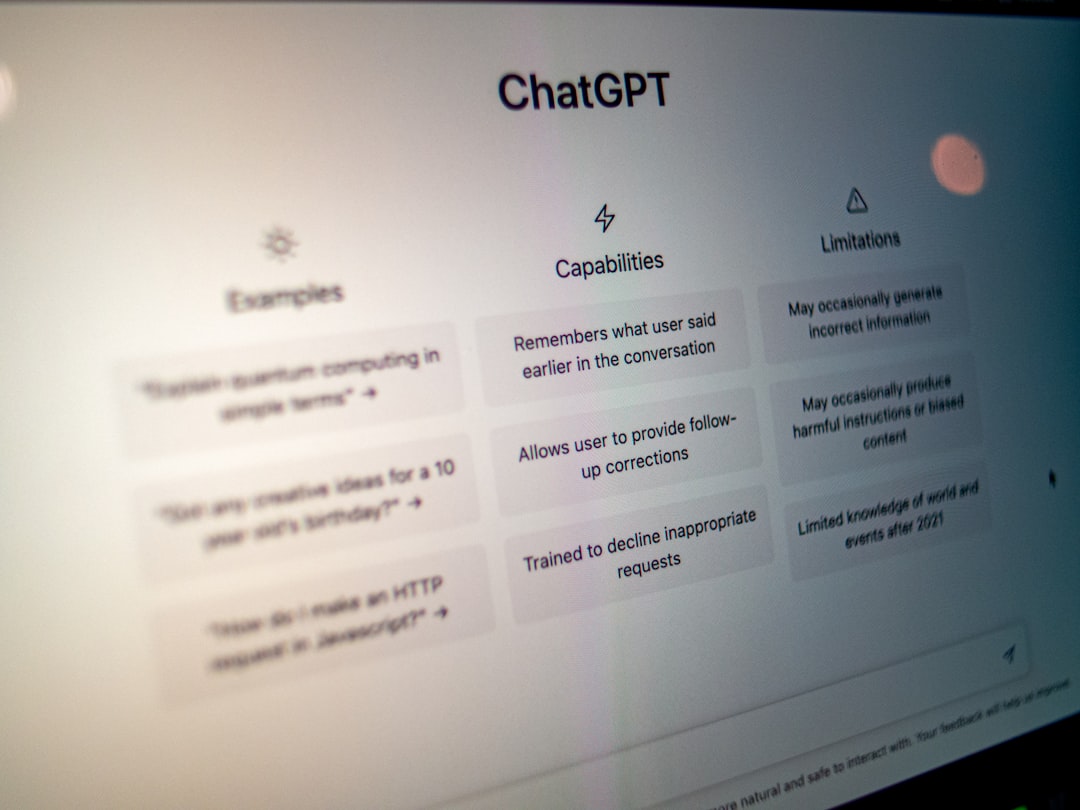Writing has been fundamental to communication, culture, and education for centuries. But in today’s fast-moving digital world, the intersection of technology and creativity has given rise to a new writing contender — the AI scribe. As artificial intelligence continues to evolve, so does its ability to mimic human language and perform tasks like essay writing, content marketing, and even creative storytelling. This raises an important question: how does AI-powered writing compare to traditional human-authored content in terms of efficiency and quality?
The Rise of the AI Scribe
Artificial Intelligence (AI) writing tools, powered by sophisticated models like GPT and others trained on vast datasets, are capable of producing content in seconds. These tools can generate emails, marketing copy, detailed reports, and even poetry — all without human intervention. The appeal lies in their speed, consistency, and ability to follow prompts precisely.
However, to truly understand the capabilities and limitations of AI in this domain, we must compare it against the traditional process of human writing across two primary dimensions: efficiency and quality.
Efficiency: Human vs. Machine
Let’s start with efficiency, where AI clearly has the upper hand.
1. Speed of Production
- AI Scribes: Can generate several thousand words in mere moments. What might take a human an hour or more to write, AI can produce in minutes.
- Traditional Writing: Involves brainstorming, drafting, revising, and editing. Even a well-practiced writer needs time to develop cohesive and engaging content.
This speed advantage makes AI particularly suitable for repetitive or time-sensitive tasks, such as creating social media posts, product descriptions, or simple summaries.
2. Research Capabilities
- AI Scribes: Have access to vast stores of information and can quickly generate content on nearly any topic. However, they often rely on generalizations and may provide outdated or incorrect information.
- Traditional Writers: Take time to research thoroughly, cite reputable sources, and ensure the accuracy of their content.
When precision and deep understanding are paramount (for example, in academic or legal writing), human writers still hold a significant advantage.

Quality: The Subjective Edge
Quality is more nuanced than speed. It encompasses clarity, coherence, creativity, tone, and emotional depth — areas where human authors often shine.
1. Creativity and Originality
- Traditional Writers: Draw on personal experiences, emotions, and observations to create unique narratives and compelling arguments.
- AI Scribes: Use pre-trained patterns to generate text. While impressive, their work may occasionally feel formulaic or lack true innovation.
Creative writing, in particular, benefits from the unpredictability and soul of human expression — elements AI still struggles to replicate authentically.
2. Emotional Resonance
One of the biggest gaps between AI and traditional writing is emotional depth. Human-written content naturally reflects the writer’s voice, intent, and personality. This is especially evident in:
- Personal essays
- Creative fiction
- Motivational speeches
- Story-driven marketing campaigns
While AI can mimic sentiment, its understanding of human emotions remains surface-level. As a result, AI-generated content might come across as hollow or overly generic, especially when attempting to build authentic connections with readers.
3. Consistency and Grammar
- AI Scribes: Excel at grammar, spelling, and structural correctness. They’re nearly flawless in following textual guidelines and formatting rules.
- Traditional Writers: May occasionally make minor errors, but can flexibly adapt tone, jargon, and rhythm according to context.
For business communication and technical documents, AI can deliver highly polished copy, reducing the need for proofreading. However, it often lacks the nuanced voice that distinguishes bland text from memorable messaging.

Case Studies and Real-World Comparison
To further explore the differences, let’s look at two hypothetical examples.
Case Study 1: Business Blog Article
Imagine a company needs a blog article on “Tips for Remote Team Management.”
- AI-Generated Version: The piece is grammatically perfect, formatted cleanly, and includes standard advice like “use communication tools,” “set clear expectations,” and “encourage team bonding.” It’s quick and efficient — ready within minutes.
- Human-Written Version: The article covers similar points, but includes personal anecdotes, relevant industry examples, and humor. It resonates more with readers and captures attention with a relatable tone.
Case Study 2: Short Story Competition
A literary magazine runs a short fiction contest.
- AI-Generated Story: Follows a logical storyline, with proper structure and a clear beginning, middle, and end. However, the narrative may lack emotional nuance and surprise.
- Human-Written Story: Might break traditional structures, explore deeper psychological layers, and reveal unexpected twists. Its strength lies in originality and connection.
In creative environments, that emotional authenticity and human unpredictability remain vital to standing out.
Hybrid Models: The Future of Writing?
Rather than choosing between one or the other, many creators are now embracing a hybrid approach that combines human creativity with AI speed.
Benefits of the Hybrid Model:
- AI Drafting + Human Editing: Writers use AI to generate first drafts, saving time, then revise these drafts for tone, depth, and originality.
- AI as a Research Assistant: Writers let AI gather information or brainstorm keywords — reducing manual research while maintaining control over voice and storytelling.
- Consistency in Branding: AI ensures consistent tone and style, which content teams can then enhance with brand-specific insights and unique voices.
This integrated model harnesses the best of both worlds. It reflects a broader truth about the future of work in multiple industries, where humans and machines collaborate rather than compete.
Ethical and Practical Considerations
Despite its benefits, AI writing introduces several questions:
- Plagiarism and Originality: How can we safeguard against content duplication when AI pulls from existing data?
- Transparency: Should readers know if content was AI-authored?
- Job Displacement: Will AI reduce demand for human writers, or simply reshape the kind of tasks they perform?
Answering these questions requires not just technological analysis but also philosophical reflection on the value of human expression.
Conclusion: Complement, Not Replace
AI scribes have revolutionized the writing landscape by offering speed, consistency, and accessibility. However, when it comes to creativity, emotional resonance, and originality, traditional human writing still holds strong. The comparison isn’t about choosing a winner but about recognizing the strengths and unique contributions of each.
As AI continues to evolve, the most successful content will likely arise from a powerful synthesis of human intuition and machine efficiency. Whether you’re crafting a blog, building a brand, or penning the next bestseller, the future of writing lies not in competition, but in collaboration.
yehiweb
Related posts
New Articles
How to Answer “Tell Me About Yourself” in a Job Interview
So, you’re getting ready for a job interview. You’ve picked out your best outfit, updated your résumé, and practiced shaking…


